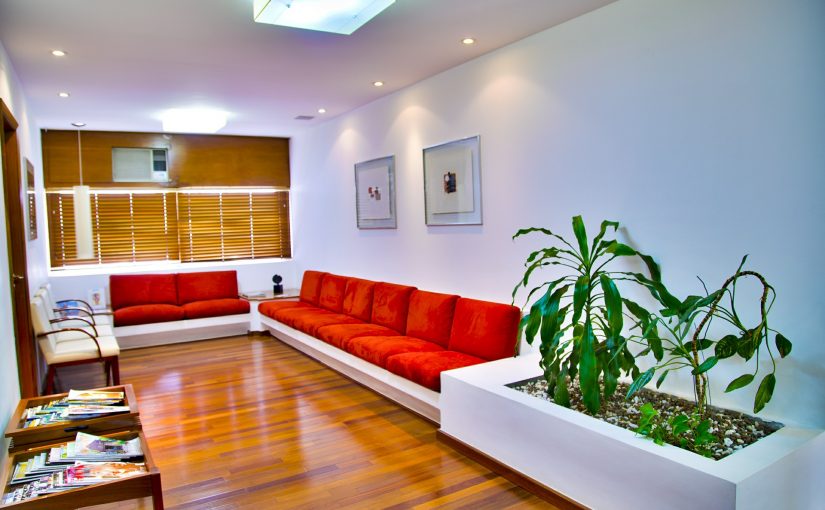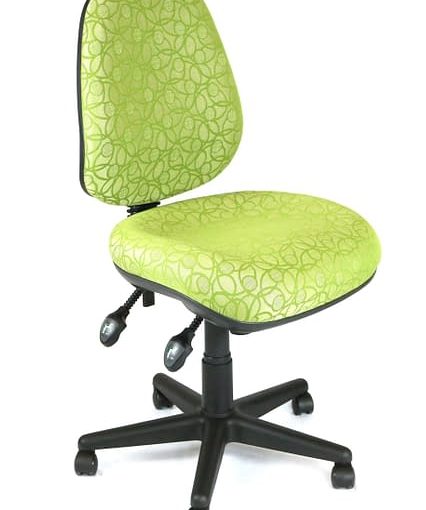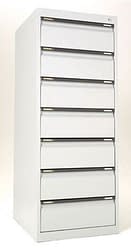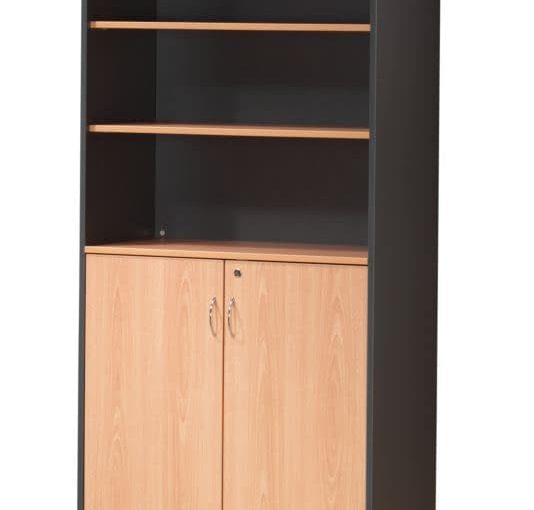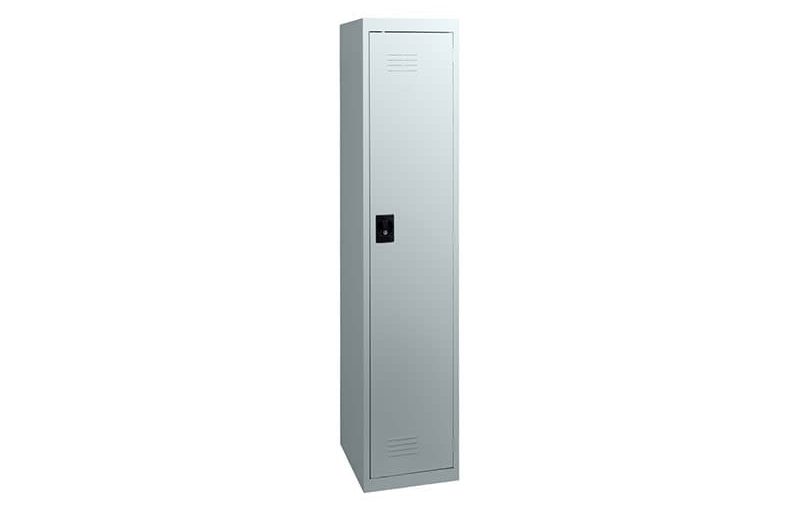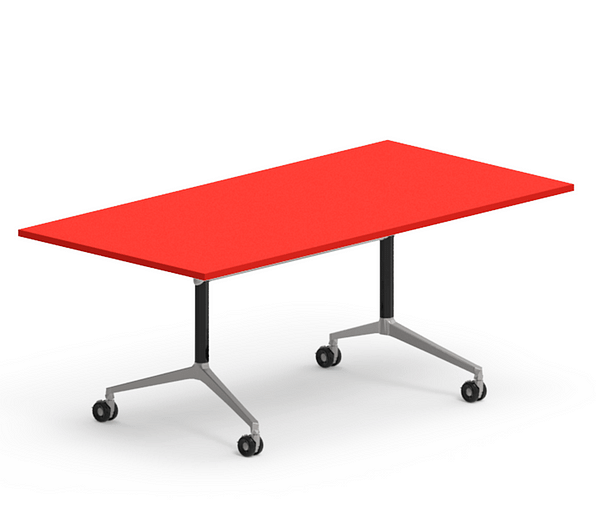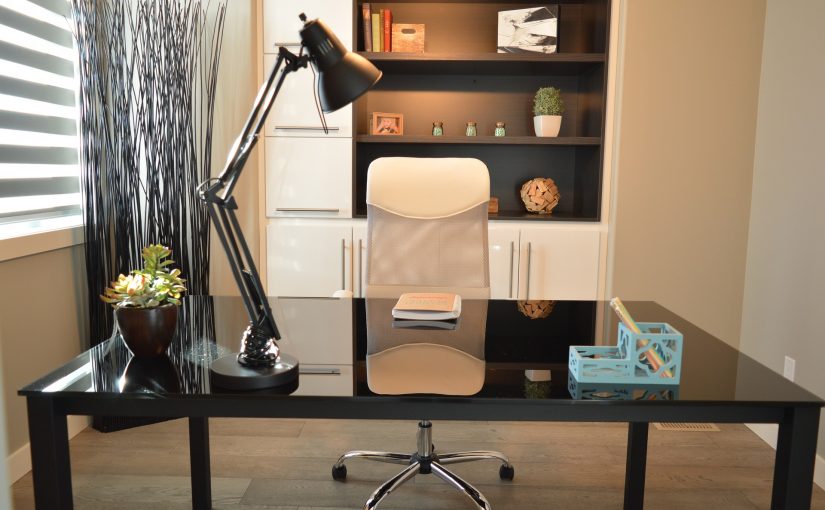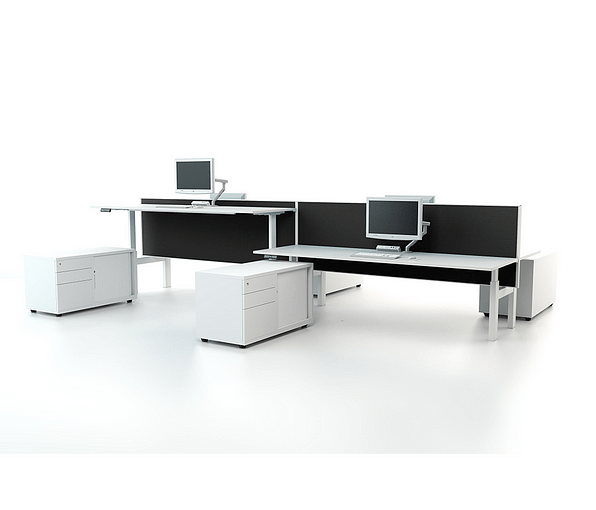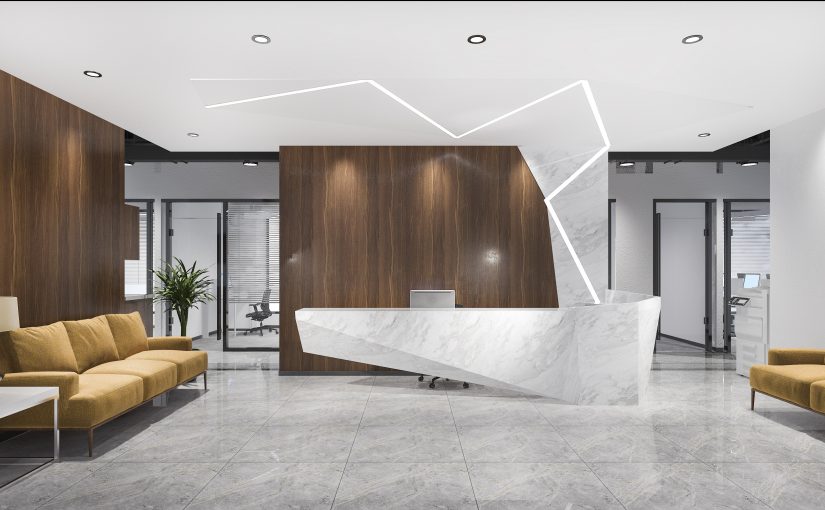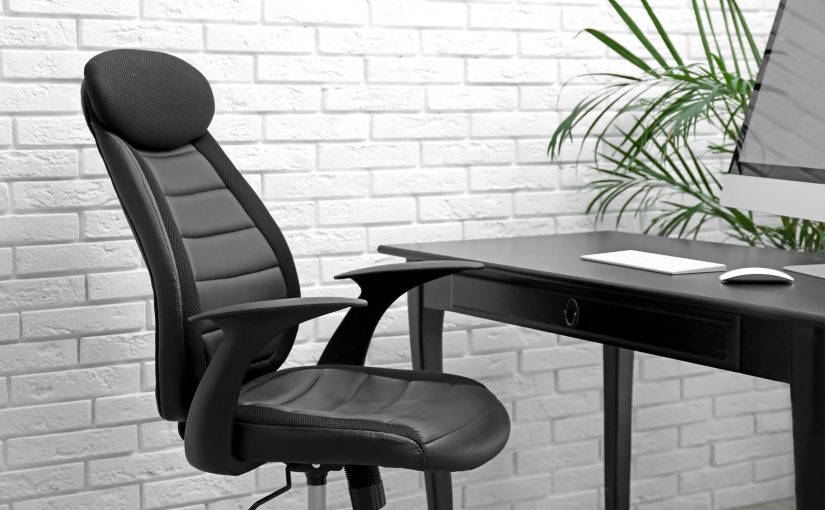A waiting room is a space in which visitors are seated before they get called to see you. A large part of your office presentation depends on this space, so you must ensure its appearance is professional and welcoming. Your waiting room can be a reflection of your practice. If it is disorganized, cluttered, and uncomfortable, patients will associate those qualities with your office and with the care, they will receive.
Waiting rooms are an important part of any business. They provide a space for customers to wait, which can be necessary for many businesses. However, that doesn’t mean that waiting rooms have to be boring and uninviting. There are many ways to improve your waiting room and make it more welcoming for customers.
If you’re a business that relies on customers coming in and out for services, then it’s important to have a waiting room that is both comfortable and inviting. Here are 10 ways to improve your waiting room and create a better experience for your patients or clients.
1) Make sure there’s enough seating for everyone
People hate having to stand while they wait, even if they’re only waiting five minutes. Sometimes people will make awkward small talk with one another when there aren’t enough seats; other times no one says anything at all because they don’t want to sit next to a stranger. Either way, you’re not making your customers happy.
Invest in meeting or visitor chairs so that your clients are always seated and comfortable throughout their wait. It may be obvious, but having enough seats available is the most important detail that often gets. It’s very frustrating when you have to queue and there’s nowhere to sit!
2) Use calming colors and décor
In a health-related business environment, a lot of people who end up in waiting rooms are there because they’re experiencing pain or some other form of discomfort. You don’t want them to feel as though they’re simply sitting on the sidelines. Choose calming colors for your walls and décor to help your patients relax – the same goes with pretty much every customer today.
3) Have current magazines and newspapers
It’s always nice to have something to read while you’re waiting, and it’s even better if that something is up-to-date. Make sure you have a variety of magazines and newspapers on hand so that everyone can find something that interests them.
A waiting room can be a great place to catch up on some reading, but you must have a variety of different types of reading material available. This way, everyone can find something that interests them. While written documents are useful, people tend to prefer being able to flip through an actual magazine. If you don’t have print copies of magazines lying around, try asking local businesses if you can take some of their old copies when they replace them.
4) Offer free Wi-Fi
In today’s world, almost everyone carries around a device that can connect to the internet. Offering free Wi-Fi in your waiting room is a great way to keep people occupied (and hopefully not too bored).
5) Have an interactive wall or activity center
If you have young children among your patients, it can be difficult to keep their attention away from potentially dangerous things like electrical outlets and sharp objects. Make sure there’s a wall with lots of interesting, engaging activities for small children so they can enjoy themselves happily while their parents consult the doctor.
6) Always keep the room clean and tidy
No one wants to sit in a waiting room that’s cluttered and dirty. Make sure you keep the floors and surfaces clean at all times, and that there are enough trash cans for people to use.
7) Play calming music
Soft music can be soothing, especially if your patients or clients are feeling anxious or stressed out. Playing classical or instrumental music in the waiting room can help to calm people down and make them feel more comfortable.
8) Offer refreshments
It’s always nice to have a cold drink or a snack while you’re waiting. Offering refreshments in your waiting room is a great way to make people feel more at ease.
9) Hire a cleaning company
Hiring a cleaning company can help your patients feel more at ease, especially if they come in contact with surfaces that are cleaned thoroughly and frequently. This ensures that people won’t get sick from waiting patiently.
10) Have fresh plants or flowers
Plants and flowers don’t just look nice – having them around can help increase oxygen levels in a room, which is good for people who have been sitting still for a long time!
11) Set up a charging station for electronics
With the increase in popularity of electronic devices such as smartphones and tablets, waiting rooms must offer a place for people to charge their batteries.
12) Keep the room well ventilated
Unfortunately, there are some times when you can’t do anything about the smell in your waiting room. However, if you make sure that there is adequate ventilation, this will help with bad smells and keep everyone comfortable.
13) Create an information kiosk with brochures and pamphlets about your practice and the services you offer
As people are usually in your waiting room for extended periods, it can be helpful to have something that they can read while they wait. This not only helps reduce the chances of boredom but also provides insight into what your practice does so when someone asks about your services, you can answer with confidence.
14) Provide water dispensers or ask patients’ visitors to bring water bottles for everyone
If you’re a space for people to wait in, it’s only polite to provide them with what they need while they’re there. Offering cold water helps people stay hydrated, and many patients will be grateful for the gesture.
15) Display a TV or set up a tablet with entertainment
If you have a television in your waiting room, make sure it’s on something interesting that everyone can watch. This could be news, a movie, or even a sporting event. If you don’t have a TV, consider having a tablet or two available so people can watch shows or play games while they wait.
16) Put up an art installation that is aesthetically pleasing and uplifting for the patient
Having an art piece in your waiting room can be a great mood booster for many patients.

